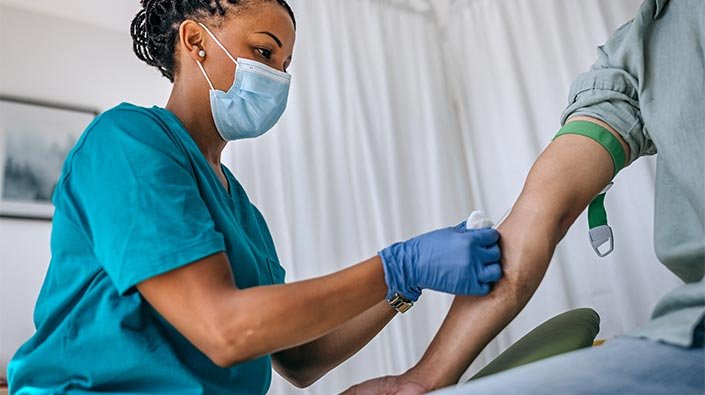The Importance of Supply and Equipment Management in Hospitals: Key Challenges and Solutions for Nursing Staff
Summary
- Hospitals in the United States face challenges in ensuring adequate supply and equipment management for nursing staff.
- Issues such as budget constraints, Supply Chain disruptions, and staff training contribute to these challenges.
- Solutions such as technology adoption, streamlined procurement processes, and staff education can help hospitals address these challenges.
- Implementing inventory management systems can help hospitals track supplies, reduce waste, and prevent stockouts.
- Utilizing barcode technology can streamline Supply Chain operations and improve inventory accuracy.
- Deploying asset tracking solutions can help hospitals monitor equipment utilization, maintenance schedules, and location.
- Centralizing procurement processes can help hospitals negotiate better pricing and terms with suppliers.
- Implementing automated ordering systems can reduce manual errors and speed up the procurement process.
- Establishing partnerships with reliable suppliers can help hospitals secure a stable supply of essential items.
- Providing comprehensive training programs for nursing staff on equipment use, maintenance, and safety protocols.
- Offering refresher courses and Continuing Education opportunities to keep staff updated on the latest technologies and best practices in supply and equipment management.
- Encouraging staff feedback and input on supply and equipment needs to improve inventory management processes.
The Importance of Supply and Equipment Management in Hospitals
Supply and equipment management is vital for hospitals to provide quality care to patients. Nursing staff rely on a wide range of supplies and equipment to perform their duties effectively. Without proper management of supplies and equipment, hospitals may face operational inefficiencies, compromised patient care, and financial losses.
Key Challenges in Supply and Equipment Management
Budget Constraints
Hospitals often operate on tight budgets, which can restrict their ability to invest in necessary supplies and equipment. Nursing staff may face shortages of essential items, leading to delays in patient care and increased stress levels. Budget constraints can also limit the hospital's ability to upgrade outdated equipment, impacting the quality of care provided.
Supply Chain Disruptions
The Covid-19 pandemic highlighted the vulnerability of the healthcare Supply Chain. Hospitals faced shortages of personal protective equipment (PPE) and other essential supplies, putting strain on nursing staff. Supply Chain disruptions can result from various factors, including global crises, natural disasters, and manufacturing issues. Hospitals must have contingency plans in place to manage Supply Chain disruptions effectively.
Staff Training
Nursing staff require proper training to effectively use and maintain supplies and equipment. Lack of training can lead to inefficiencies, errors, and safety risks. Hospitals must invest in ongoing education and training programs for nursing staff to ensure they have the necessary skills to manage supplies and equipment effectively.
Solutions for Improved Supply and Equipment Management
Technology Adoption
Streamlined Procurement Processes
Staff Education
Conclusion
Supply and equipment management is a critical aspect of hospital operations, particularly for nursing staff who rely on these resources to deliver quality care to patients. By addressing challenges such as budget constraints, Supply Chain disruptions, and staff training, hospitals can improve their supply and equipment management practices. Utilizing solutions such as technology adoption, streamlined procurement processes, and staff education can help hospitals overcome these challenges and enhance the efficiency and effectiveness of their operations.

Disclaimer: The content provided on this blog is for informational purposes only, reflecting the personal opinions and insights of the author(s) on the topics. The information provided should not be used for diagnosing or treating a health problem or disease, and those seeking personal medical advice should consult with a licensed physician. Always seek the advice of your doctor or other qualified health provider regarding a medical condition. Never disregard professional medical advice or delay in seeking it because of something you have read on this website. If you think you may have a medical emergency, call 911 or go to the nearest emergency room immediately. No physician-patient relationship is created by this web site or its use. No contributors to this web site make any representations, express or implied, with respect to the information provided herein or to its use. While we strive to share accurate and up-to-date information, we cannot guarantee the completeness, reliability, or accuracy of the content. The blog may also include links to external websites and resources for the convenience of our readers. Please note that linking to other sites does not imply endorsement of their content, practices, or services by us. Readers should use their discretion and judgment while exploring any external links and resources mentioned on this blog.
